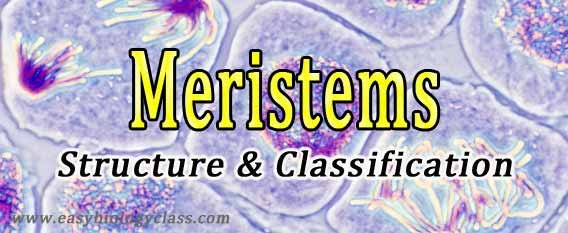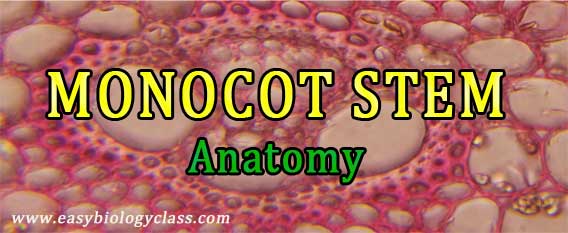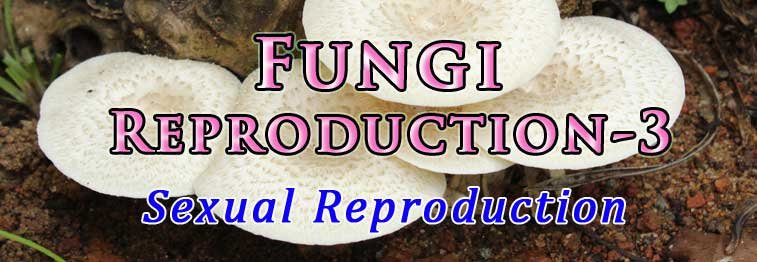Classification of Meristematic Tissue with Examples
What is Meristem? Meristem is a type plant tissue composed of an undifferentiated mass of cells. They are rapidly dividing cells found in the growing portions of the plant and they give rise various plant organs. The primary function of meristem is to assist in plant growth. Living cells other than meristem can also give … Read more




